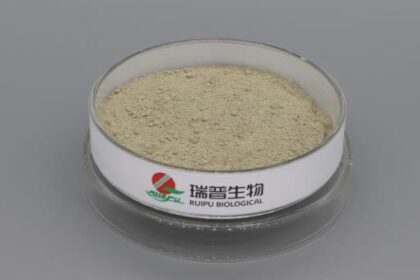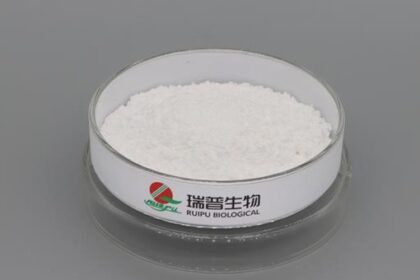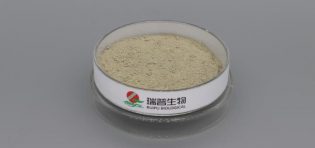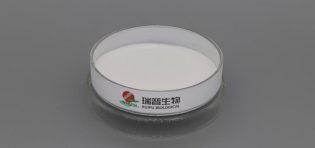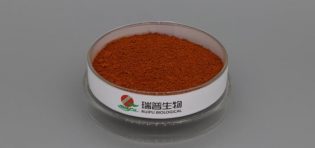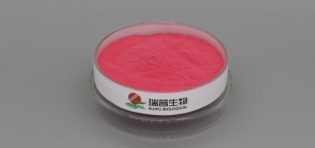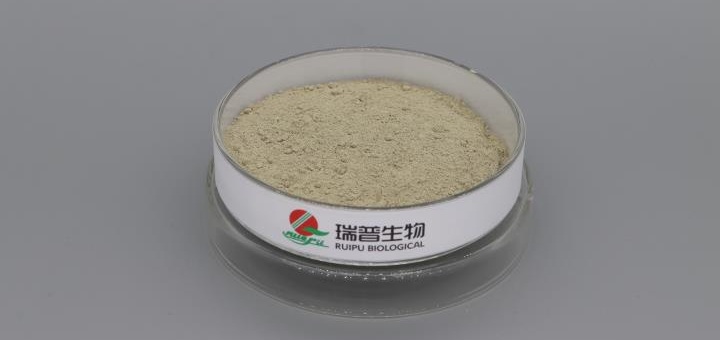
Ferrous gluconate exhibits a certain color-protecting effect in beverages, which is closely related to its chemical properties and mechanism of action.
Ferrous gluconate is a water-soluble ferrous salt with high bioavailability and good solubility in water. The ferrous ions (Fe²⁺) in its molecule can interact with certain components in beverages, thereby exerting a color-protecting effect. For example, in some beverages containing polyphenolic substances, ferrous ions can form complexes with polyphenols. The formation of these complexes can alter the electron cloud distribution of polyphenolic substances, inhibit their oxidation reactions, and thus prevent the beverages from discoloring due to polyphenol oxidation, maintaining the color stability of the beverages.
In fruit and vegetable beverages, ferrous gluconate can protect color by interacting with natural pigments in fruits and vegetables. For instance, in some juice beverages containing anthocyanins, ferrous ions can bind to certain groups in anthocyanin molecules, forming a more stable structure. This enhances the tolerance of anthocyanins to external factors such as light and heat, reduces the degradation of anthocyanins, and thus maintains the color of the beverages.
However, the color-protecting effect of ferrous gluconate in beverages is also affected by various factors. The pH value of the beverage is an important factor. Relevant studies have shown that its color-protecting effect is better within an appropriate pH range. For example, in an acidic environment, the stability of ferrous ions is relatively high, enabling them to better exert the color-protecting effect. In an alkaline environment, however, ferrous ions may form hydroxide precipitates, which not only affect the color-protecting effect but also may impair the quality of the beverage.
In addition, the amount of ferrous gluconate added also affects the color-protecting effect. When added in an appropriate amount, it can achieve a good color-protecting effect. But if the amount added is too high, it may cause off-flavors or other adverse reactions in the beverage, which in turn have a negative impact on the color and quality of the beverage. At the same time, other components in the beverage may also interact with ferrous gluconate, thereby affecting its color-protecting effect. For example, if the beverage contains a large amount of proteins or other metal ions, they may compete with ferrous ions for binding sites or undergo other chemical reactions, which then affect the color-protecting effect.

